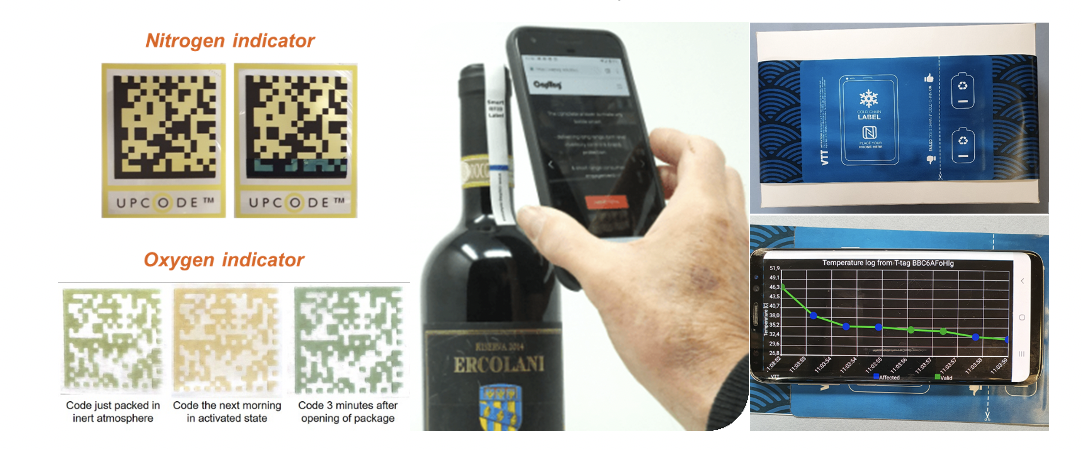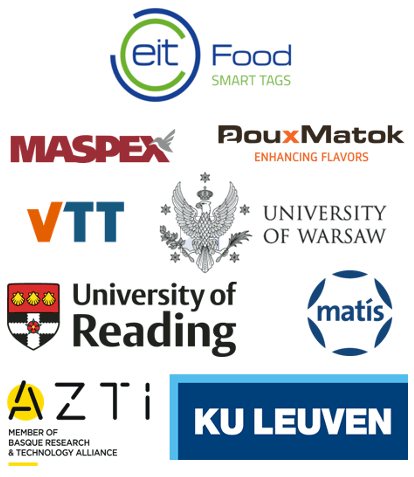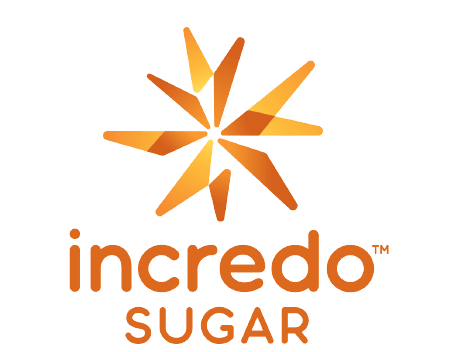Legacy of the EIT food project Smart Tags
- By info@douxmatok.com
- •
- 07 Jan, 2021
The EIT Food communication project Smart Tags came recently to an end. This was a one-year project that had the objective study and communicate the applicability of Smart Tags as means to increase consumer trust towards food products. These Smart Tags are “intelligent” labels that can provide consumers with information which regular food labelling cannot. Smart Tags can therefore contribute to sharing information about the food product value chain during the whole life-cycle of the product, enabling novel service concepts and interactivity between consumers and the food industry. Now at the end of the project it is worthwhile to review what was accomplished during the project and how the results can live on beyond the project lifetime.

The project was broken into six tasks, one on management, one on dissemination and the other four tasks were then interlinked; starting with a review of the available Smart Tag technologies and their usage in food value chains, which provided input to a task that focused on assessing consumers’ and other stakeholders’ needs and expectations towards Smart Tags. These then provided valuable input to a task that studied potential novel service concepts that rely on Smart Tag technologies; a task that resulted in identification of 19 Smart Tag enabled service concepts. The most applicable of these concepts were then pre-piloted in selected food value chains in the final task.
The task of reviewing the available Smart Tag technologies and their usage in food value chains was quite extensive. It focused on the available technologies in the domain of intelligent packaging and their enablers and barriers towards consumer acceptance and trust. Three main components of intelligent packaging technology were identified (indicator, sensor and data carrier) and synthesised their most widely found sub-components in literature which include time temperature indicator, freshness indicator, gas indicator, biosensor, gas sensor, barcode and RFID. The task concluded that despite a large number of research work being done in the domain of active and intelligent packaging, there are limited empirical studies that investigated consumer acceptance or trust towards intelligent packaging technologies. The tasks therefore also looked at the technologies proposed for supply chain traceability as it has a similar aim as intelligent packaging which is communication. The tasks also studied the main barriers for intelligent devices in food packaging, and concluded that consumers’ acceptance, legal constrains and some technical issues present a major barrier for wider uptake of Smart Tag solutions in food value chains. The results of this task will be presented in a peer-reviewed journal article that is planned to be published in 2021.
The task that focused on assessing consumers’ and other stakeholders’ needs and expectations towards Smart Tags was as well very comprehensive. It used results from the previous task as input and further analysed the needs and requirements of consumers and suppliers. This work included in-depth interviews with suppliers in nine countries, focus group sessions in five countries and a wide scale consumer surveys in eight countries. The project has in total received direct input on consumer’s and stakeholder needs and expectations from over 4 thousand people. The results of this work will be presented in a journal article that is planned to be published in 2021. The overall conclusion is that Smart Tags have the potential to meet with many of the consumer’s and supplier’s needs, and that there is a willingness amongst consumers to pay a premium for such solutions.
The task that studied potential novel service concepts that rely on Smart Tag technologies analysed in-depth the potentials, as well as Strengths, Weaknesses, Opportunities and Treats associated with the different Smart Tag solutions. The task identified and analysed in total 19 novel Smart Tag enabled service concepts. The results of this work will be presented in a journal article that is planned to be published in 2021. Building on the results of the previous tasks, the most applicable and promising solutions were pre-piloted in the final task. The Smart Tag solutions were selected based on different criteria, depending on the needs in the different value chains and the maturity of the available technologies. The smart Tag technologies pre-piloted were a Nitrogen Smart Tag indicator which was piloted by MATIS (Iceland), AZTI (Spain) and KU Leuven (Belgium) to indicate freshness of different food items. The technology showed particular potentials in seafood value chains, which will be further explored beyond the project. An NFC Smart Tag Temperature logger was also pre-piloted by VTT (FI) and MATIS (IS) but this technology allows consumers and suppliers to monitor temperature of food during logistics and transport. Many fresh and frozen food items are delegate towards temperature, which makes this technology very relevant. The NFC logger pre-piloted in this project was though believed to be more relevant for professionals in the value chains (business-to-business) than for regular consumers, as the temperature readings require expert knowledge to interpreted into quality parameters and shelf-life. The project did also pre-pilot Oxygen Smart Tag indicators which for example can inform consumers and other stakeholders if packaging is leaking. The oxygen indicators were pre-piloted by AZTI (Spain) and LU Leuven (Belgium). The final Smart Tag that was pre-piloted was a ‘Wine Cap’ Tag which provides a unique electronic identity for bottles and other containers. By scanning the label with a smart phone, the consumer can see when and where the wine was grown and bottled as well as get information such as tasting notes and food pairings. The label also includes a temperature indicator which lets the user know when the wine is the ideal temperature to drink.
The Smart tag solutions pre-piloted in the project
The Smart Tags project was classified as a communication project, which means that one of its kay objectives was to communicate to consumers and stakeholders in food value chains what Smart Tags are, how they can be used, what tags are already available and what tags are in development, how they can add value etc. The project met this objective by interacting directly with over four thousand consumers and suppliers, reaching close to seven thousand people as ’media audience’ and over 40 thousand through ’online media impressions’.
The project is now officially finished, but the project’s legacy will still live on through further research & innovation, as well as through scientific peer-reviewed papers as at least four papers are planned to be published in 2021, based on work done in the Smart Tags project.


